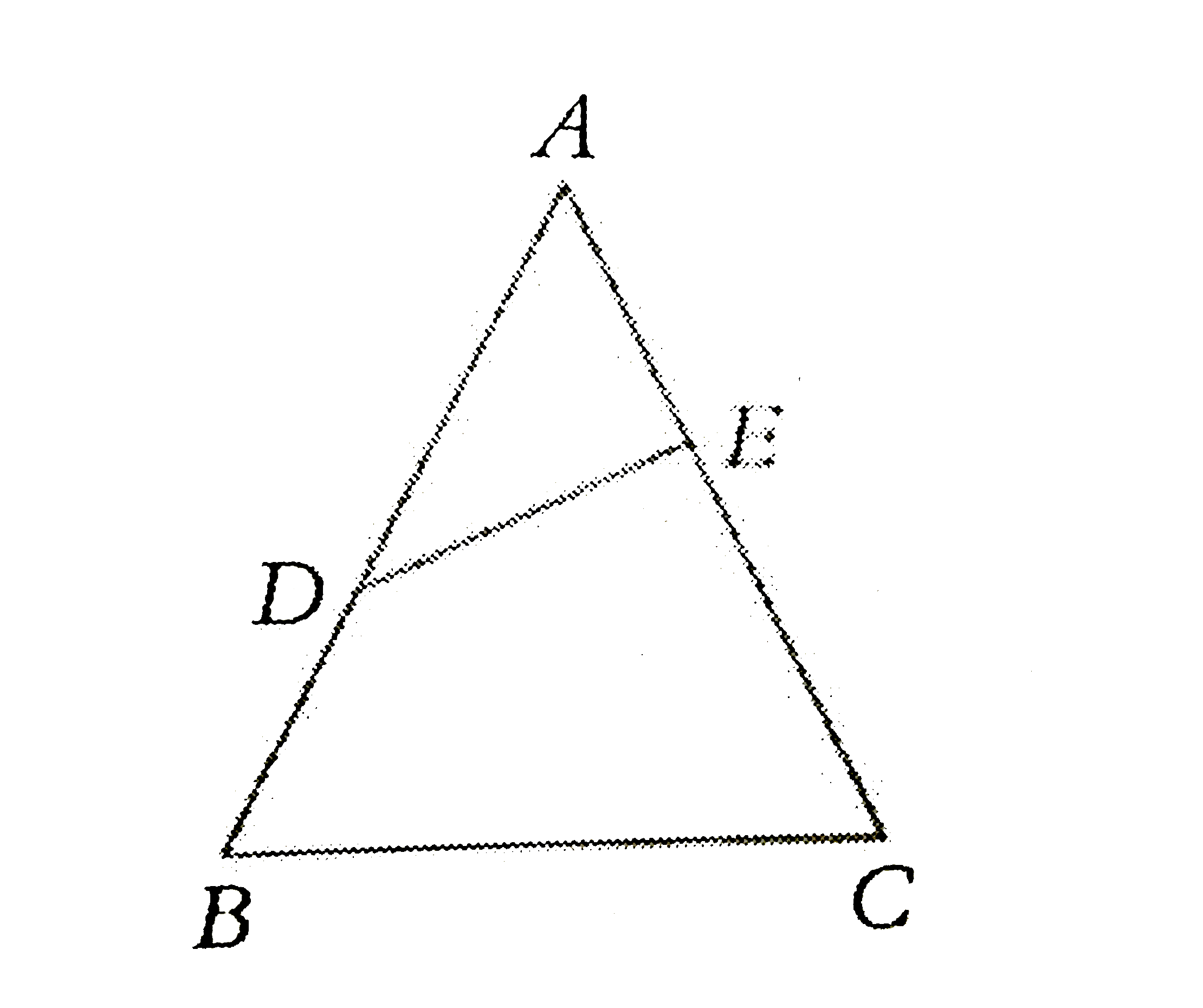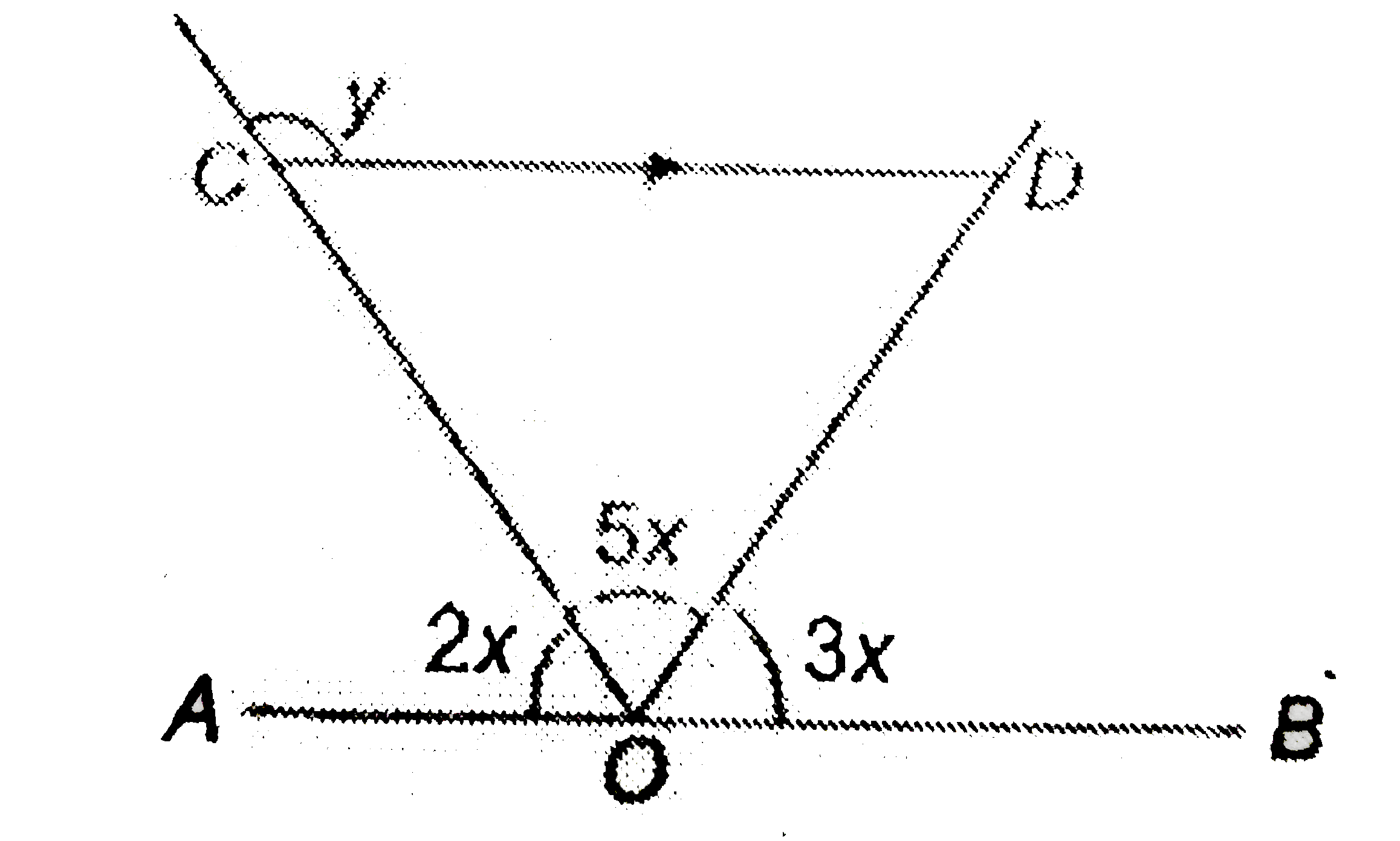In the adjoining figure, ABCD is a rhombus and ABE is an equilateral triangle. If ∠BCD=70∘, find
(a)∠ADE (b)∠BDE (c)∠BED

(a)20∘(b)40∘(c)30∘
(a)25∘(b)30∘(c)35∘
(a)30∘(b)45∘(c)15∘
(a)40∘(b)30∘(c)20∘
The correct Answer is:B
Step by step video, text & image solution for In the adjoining figure, ABCD is a rhombus and ABE is an equilateral triangle. If angleBCD=70^(@), find (a)angleADE" "(b)angleBDE" "(c)angleBED by Maths experts to help you in doubts & scoring excellent marks in Class 9 exams.
Topper's Solved these Questions
- BOOK - NAGEEN PRAKASHANCHAPTER - QUADRILATERALSEXERCISE - Revision Exercise (long Answer Questions)5videos
QUADRILATERALS
- BOOK - NAGEEN PRAKASHANCHAPTER - QUADRILATERALSEXERCISE - Revision Exercise (very Short Answer Questions)10videos
QUADRILATERALS
- BOOK - NAGEEN PRAKASHANCHAPTER - PROBABILITYEXERCISE - Revision Exercise (very Short Answer /short Answer Questions)10videos
PROBABILITY
- BOOK - NAGEEN PRAKASHANCHAPTER - STATISTICSEXERCISE - Revision Exercise10videos
STATISTICS
Similar Questions
Knowledge Check
- Question 1 - Select One
ABCD is a square and ABE is an equilateral triangle outside the square then
A∠ACE=12∠ABEB∠ACE=∠ABEC∠ACE=2∠ABEDNone of these
In the given figure, ABCD is a square and ΔBCT is an equilateral triangle. Find ∠BTD.
 View Solution
View SolutionIn the adjoining figure,AB=AC.Find the value of x
View SolutionIn the adjoining figure, ABCD is a rhombus. If ∠A=70∘, find ∠CDB.
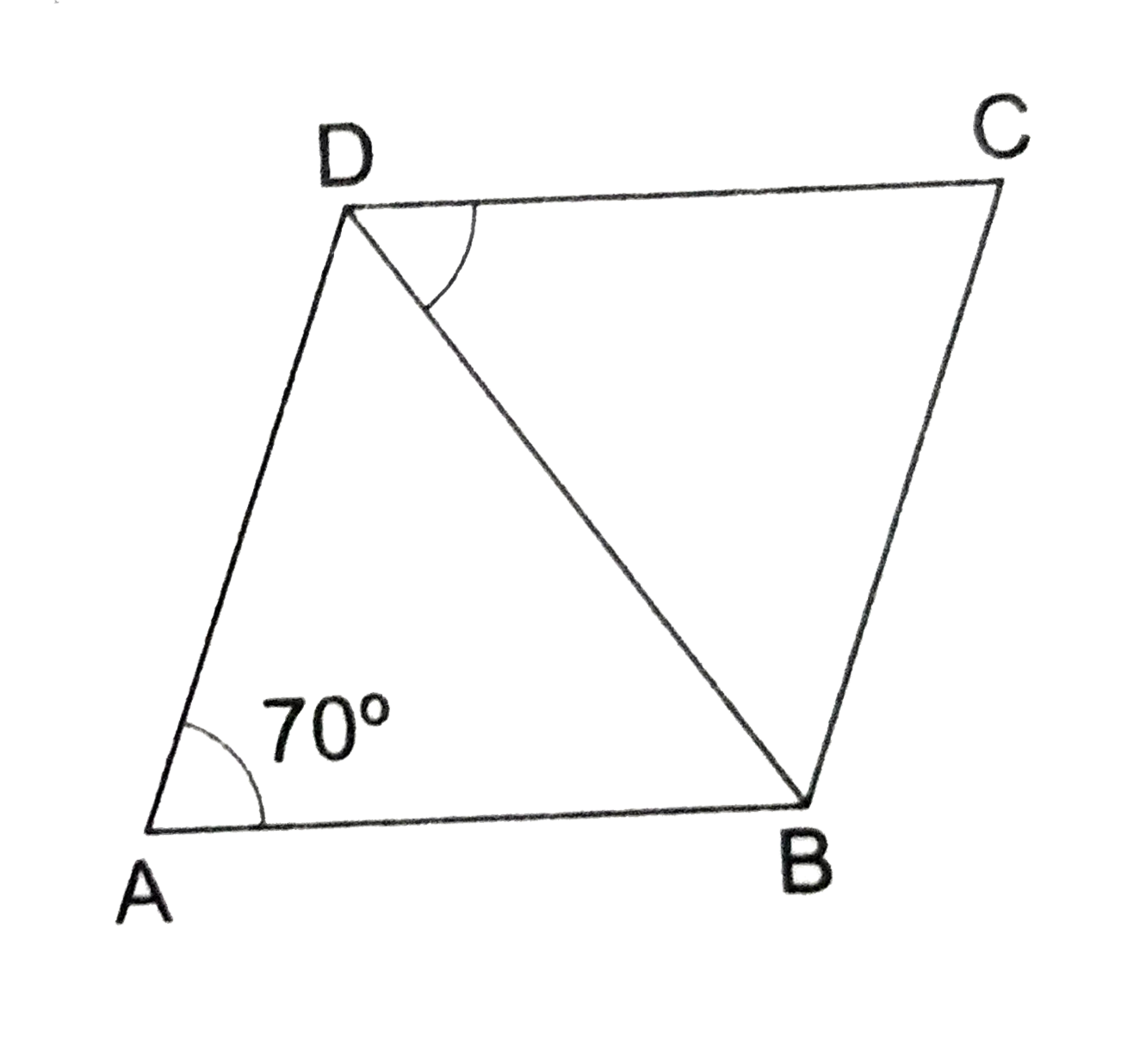 View Solution
View SolutionIn the adjoining figure, ABCD is a square and PAB is an equilateral triangle. Find :
(i) ∠APD
(ii) ∠PDC
(iii) ∠DPC
(iv) Prove that DP=CP
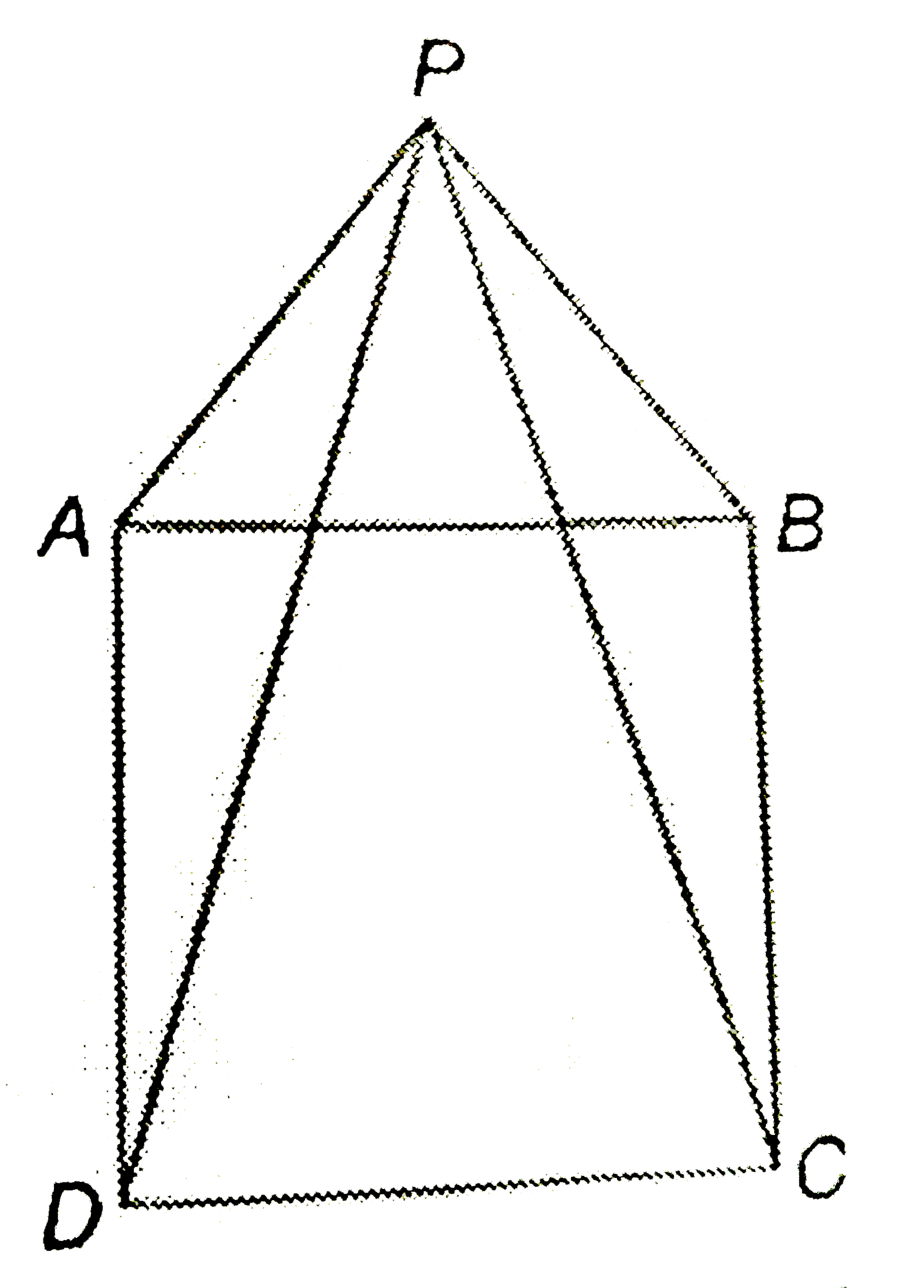 View Solution
View SolutionIn the adjoining figure ABCD is a rhombus. If ∠A=70∘ then ∠CDB=?
View SolutionIn the adjoining figure, ABCD is a cyclic quadrilateral. If ∠DBC=60∘ and ∠BAC=40∘ , then find the value of ∠BCD .
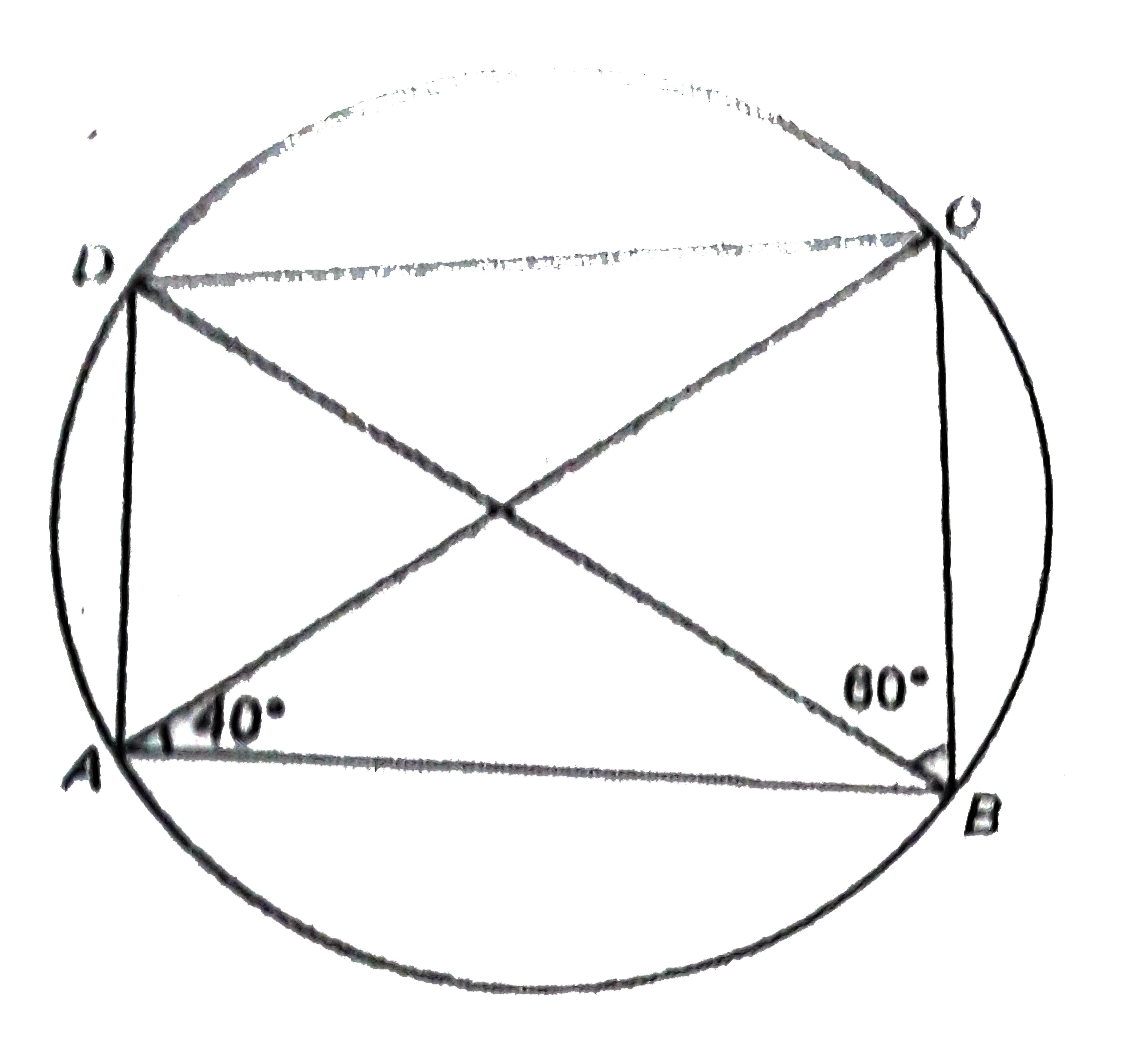 View Solution
View SolutionIn the figure below, ABCD is a square , MDC is an equilateral triangle. Find the value of x.
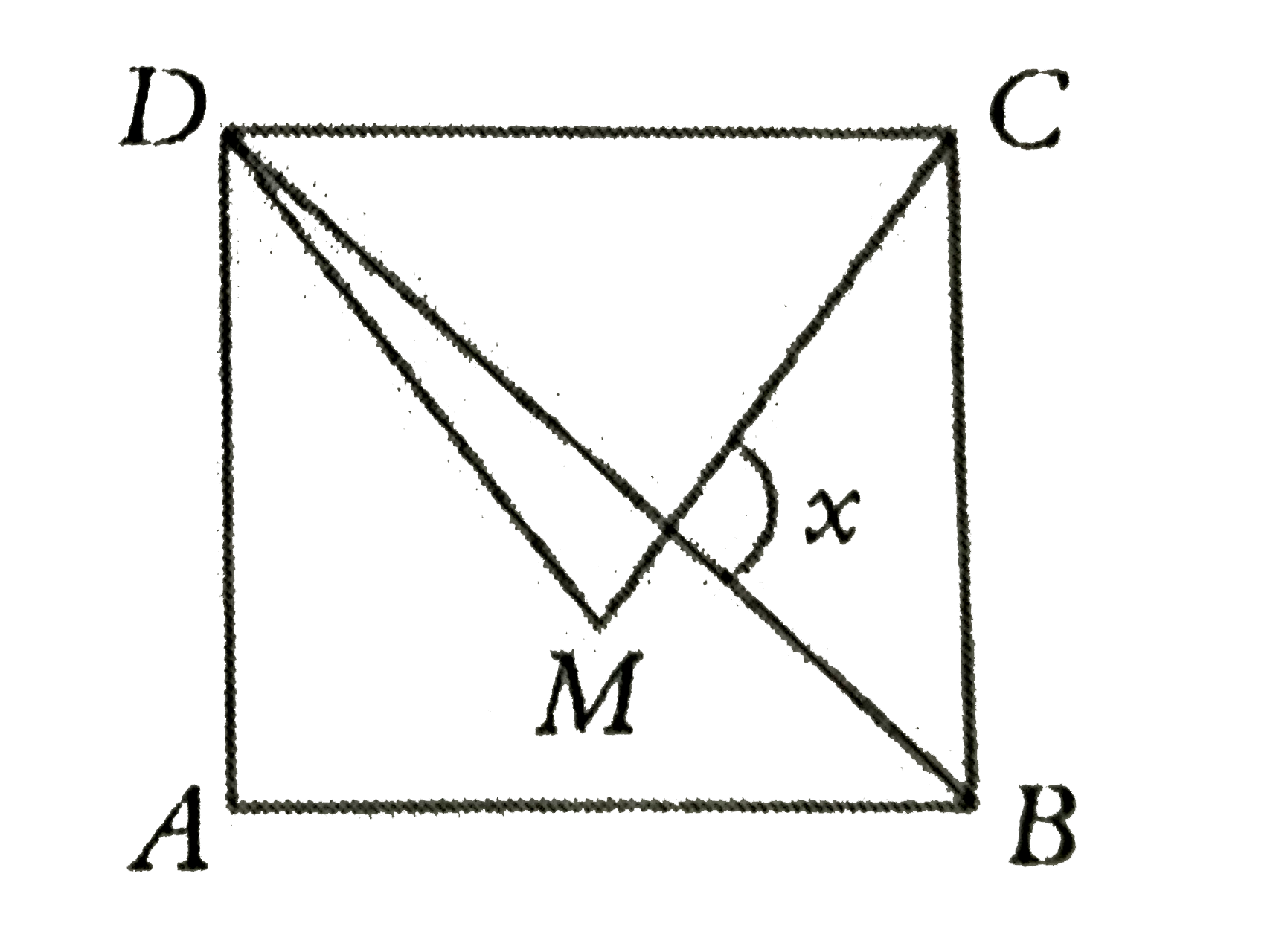 View Solution
View Solution


